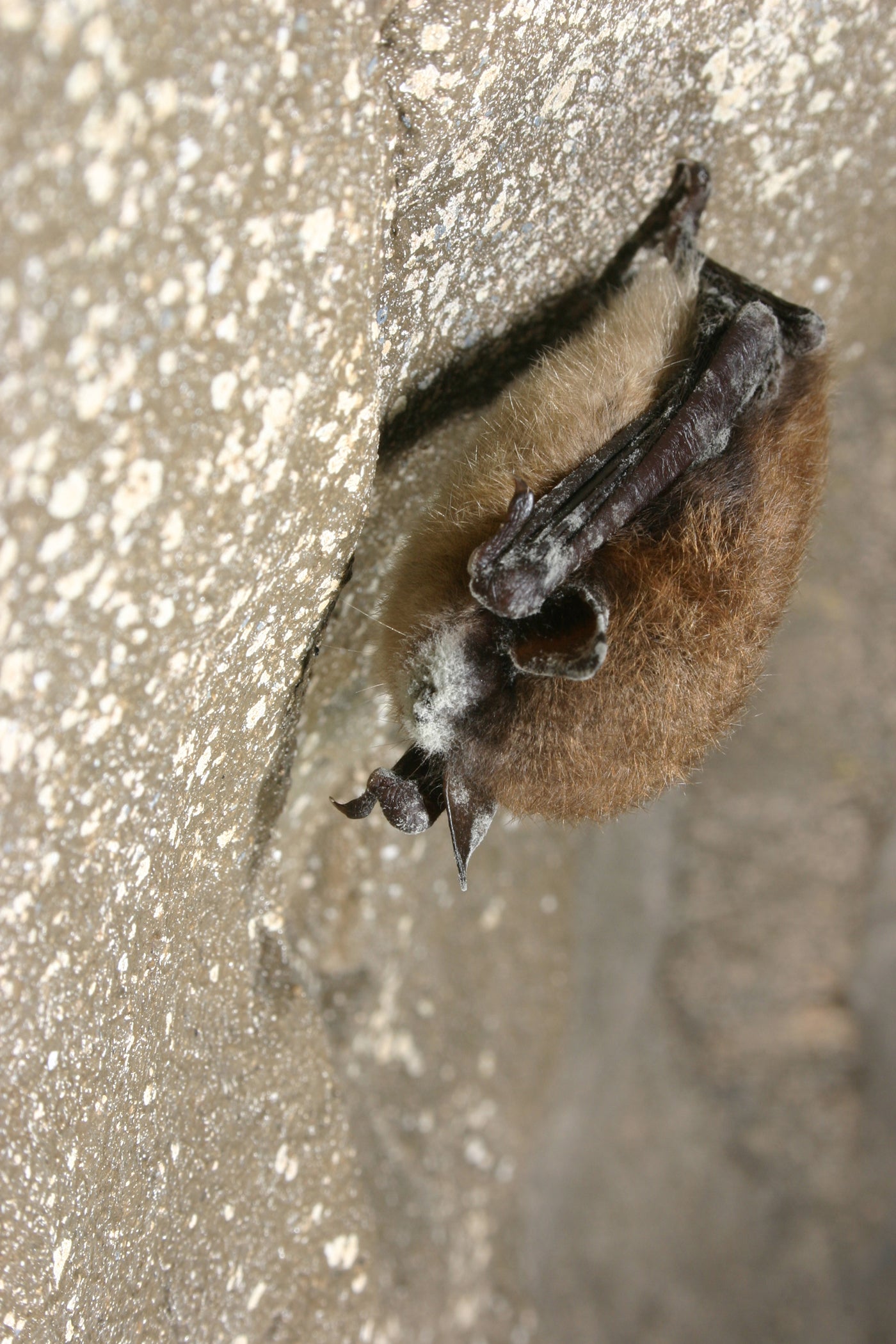
Xplor reconnects kids to nature and helps them find adventure in their own backyard. Free to residents of Missouri.


































Stay in Touch with MDC news, newsletters, events, and manage your subscription

Xplor reconnects kids to nature and helps them find adventure in their own backyard. Free to residents of Missouri.

A monthly publication about conservation in Missouri. Started in 1938, the printed magazine is free to residents of Missouri.


JEFFERSON CITY, Mo. – The U.S. Geological Survey (USGS) National Wildlife Health Center has confirmed that a deadly disease in bats called “White Nose Syndrome” (WNS) has been recently found in a little brown bat and a tri-colored bat from a public cave in Washington County. The USGS has also confirmed that WNS has been recently found in a little brown bat and a northern long-eared bat from two public caves in Franklin County. All three caves are closed to the public, and cave names are not being disclosed to prevent disturbance of remaining bats.
The name of the disease describes a white fungus typically found on faces and wings of infected bats. The WNS fungus thrives in cool, damp conditions found in many caves, which are also hibernation and roosting sites for many bat species. WNS spreads mainly through bat-to-bat contact and has not been found to infect humans or other animals. The fungus that causes WNS may be inadvertently carried between caves by humans on clothing, footwear and caving gear.
According to the Missouri Department of Conservation (MDC), signs of the disease or the fungus have now been confirmed in 19 bats from caves in Crawford, Franklin, Lincoln, Perry, Pike, Shannon, and Washington counties since WNS was first found in Missouri in 2010.
“Bats with WNS exhibit unusual behavior, such as flying outside in daylight and clustering near entrances of caves and mines during the day in cold winter months when they should be hibernating,” said MDC Bat Biologist Tony Elliott. “This activity uses up fat reserves needed to get the bats through the winter, making them more susceptible to freezing or starvation.”
Elliott cautioned that people should not handle any bats, and should contact their local MDC office or conservation agent if they find dead bats, or see bats flying outside during the day in cold winter months when they typically would be roosting or hibernating.
Missouri is home to more than 6,300 known caves with about 74 percent of them privately owned. Many contain bats. Bats provide tremendous value as natural pest control for farms and forests, and also play an essential role in helping to control insects that can spread disease to people. According to the USGS, the number of North-American bats estimated to have died from WNS thus far had the capacity to consume up to 8,000 tons of insects per year.
More information on WNS is available online at whitenosesyndrome.org and fws.gov/northeast/pdf/white-nosefaqs.pdf.